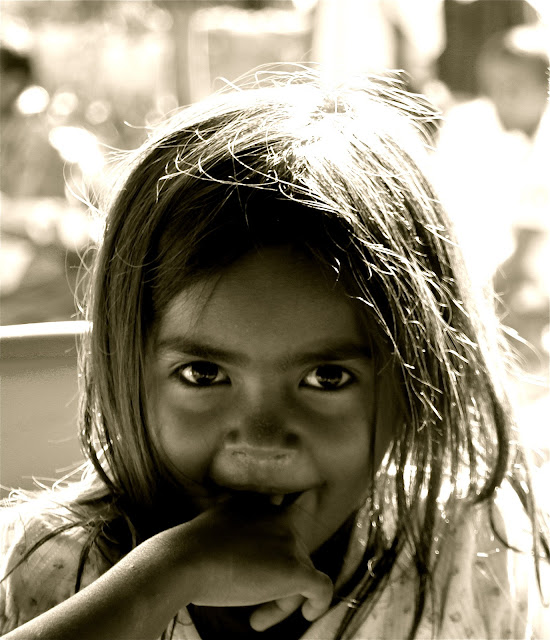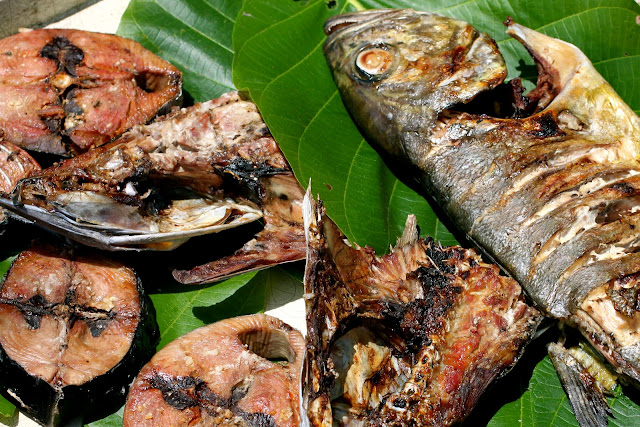Many of us who come from the Northern hemisphere or far above the equator are not accustomed to seeing the plethora of bounty that comes from a banana tree. All parts of the banana tree are very integrated in daily life here.
Bananas (hudi in Tetun) of course grow in bunches, circled around a large stalk that grows and hangs heavily down the trunk as the fruit ripens. Upon harvest they are usually separated into quarters and sold in markets for $2 a bunch. We have various red and yellow varieties, offering various densities, thicknesses, textures and sweetness. The red bananas are my favorite.
In addition to the fruit, the large leaves provide shade to those below, or are used as tablecloths for dinner or selling wares in the markets, umbrellas during heavy rain, and for cooking fish and rice.
Aesthetically my favorite part is the flower which is the remaining commodity from the banana tree. It is sold in vegetable markets where it is taken home and lovingly chopped and prepared with other mixed vegetables. It is slightly starchy and bitter, but full of nutrition. Lifting up the leaves reveals tiny bananas that would eventually grow into the fruit if it remained on the tree.
I like the way it hangs in all its crimson, purple, and fiery orange glory.
Bananas (hudi in Tetun) of course grow in bunches, circled around a large stalk that grows and hangs heavily down the trunk as the fruit ripens. Upon harvest they are usually separated into quarters and sold in markets for $2 a bunch. We have various red and yellow varieties, offering various densities, thicknesses, textures and sweetness. The red bananas are my favorite.
In addition to the fruit, the large leaves provide shade to those below, or are used as tablecloths for dinner or selling wares in the markets, umbrellas during heavy rain, and for cooking fish and rice.
Aesthetically my favorite part is the flower which is the remaining commodity from the banana tree. It is sold in vegetable markets where it is taken home and lovingly chopped and prepared with other mixed vegetables. It is slightly starchy and bitter, but full of nutrition. Lifting up the leaves reveals tiny bananas that would eventually grow into the fruit if it remained on the tree.
I like the way it hangs in all its crimson, purple, and fiery orange glory.




